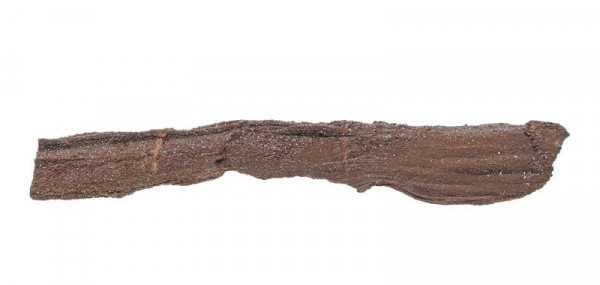Prices incl. VAT plus shipping costs
Free of shipping costs!
Ready to ship today,
Delivery time appr. 1-3 workdays
- Order number: KE2147484130
Silicified wood trunk
a sparkling, glittering part of a sequoia
a special feature from the Harz Mountains in Germany
age: approx. 30 mill. years
size approx. 23 x 5 x 2 cm
during their lifetime these sequoia trees have broken down In certain areas these tree trunks have gathered and sunk.
In the course of millions of years, lignite was formed from these trunks and under special conditions, sparkling, glittering quartz crystals were formed on them.
For those who want to know exactly:
Silicification, also called silicification, is the impregnation or conversion of a naturally occurring mineral or organic material with or into microcrystalline silicon dioxide (SiO2). Silicification can be achieved by the precipitation of dissolved SiO2 in the pore space of sediments or soils or by metasomatic or
diagenetic displacement of other minerals by the SiO2 (dissolution of the predecessor mineral with simultaneous precipitation of SiO2).
The term silicification is derived from the word silica, which denotes various forms of SiO2 dissolved in water and is often used as a synonym for the microcrystalline form of this chemical compound. In order for the process to take place, an aqueous solution containing silica in large quantities is first required.
This solution must also be able to circulate freely in the fissure or pore space so that it can reach areas with suitable chemical conditions for precipitation.
In the alkaline environment generally found in carbonatic sediments, these particles are dissolved and the solutions circulate in the pore space of the sediment.
Acidic environment is often created by bacteria that decompose organic matter.
Plant and animal remains can then silicify there.
Silicified wood is usually created by silicification processes that begin after the wood is covered with thick layers of sediment.
Over time, first the cell interstices and cavities and finally the cell walls are filled with silica gel that replaces all organic material.
As the process continues, the silica gel changes into opal-like aggregate states and finally into quartz.









